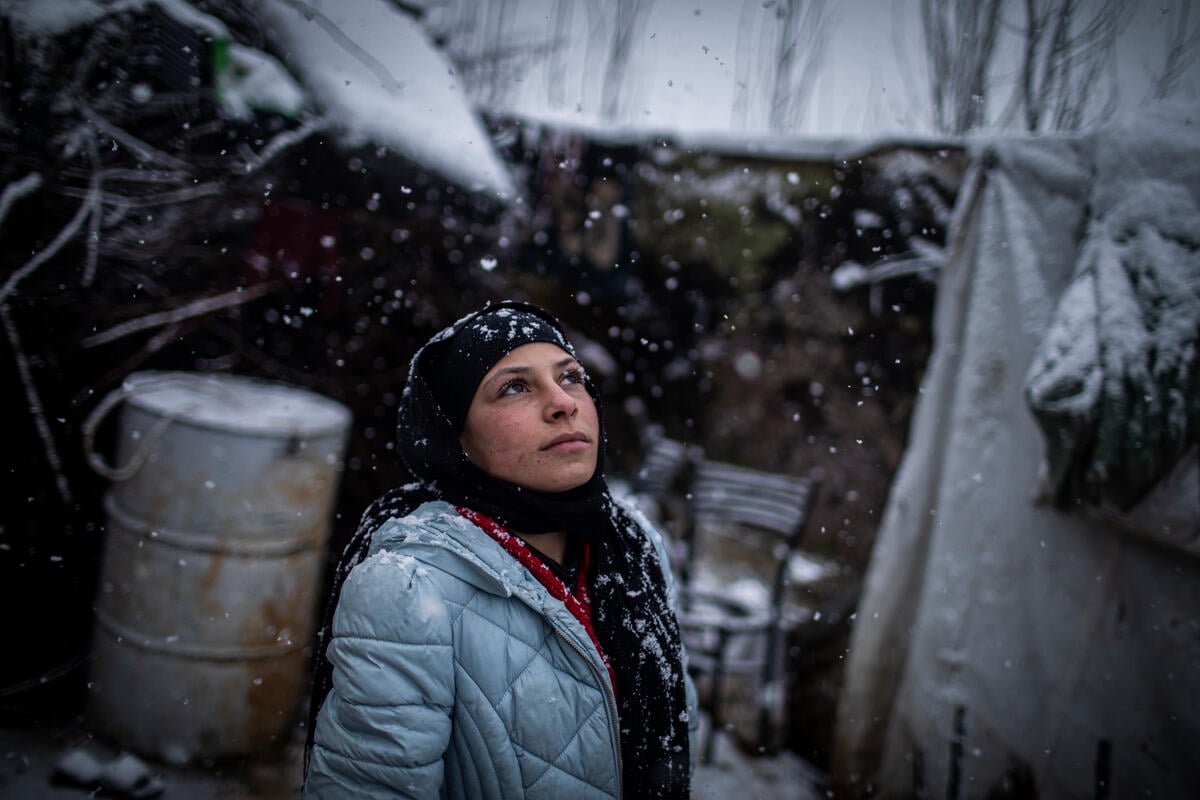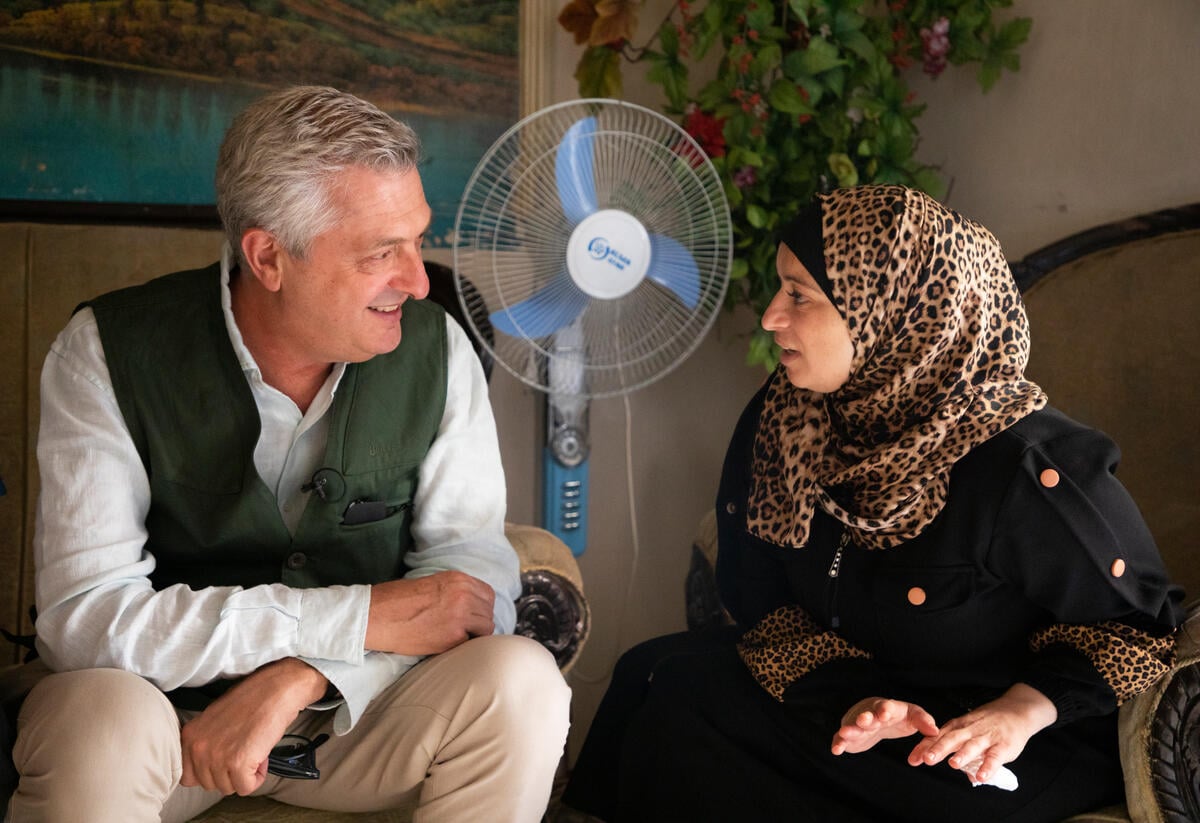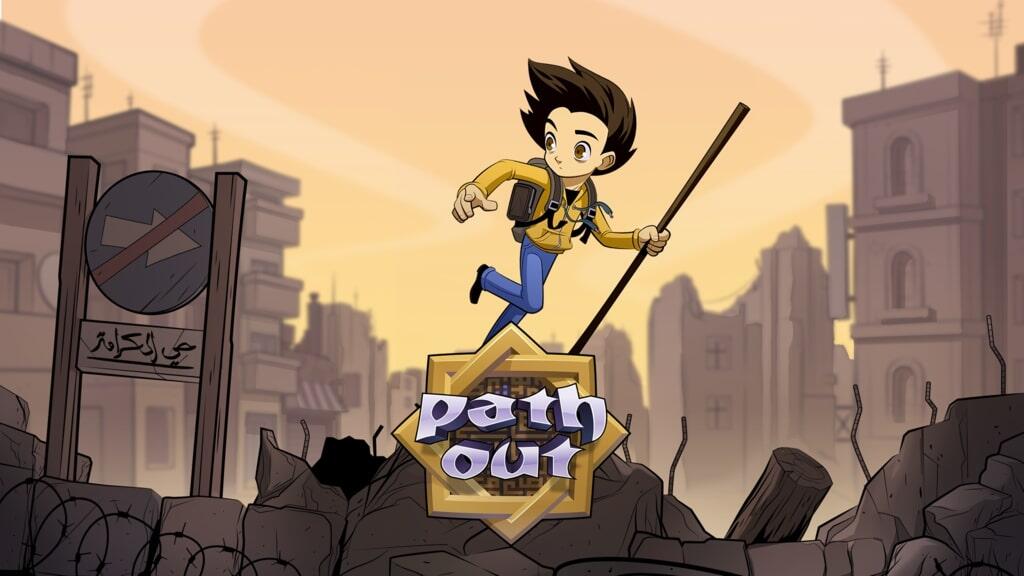On a high seas rescue mission with the Italian Navy
On a high seas rescue mission with the Italian Navy

ON BOARD THE SAN GIUSTO, Mediterranean Sea, March 21 (UNHCR) - The winds and waves decide the fate of those who flee across the Mediterranean. When the gusts push from north to south and the swells off the Libyan coast are animated, asylum-seekers remain hidden in small houses with their smugglers. But when the weather clears and the air currents stir from south to north, they meet on the seaside where they board grey rubber rafts and colourful wooden boats and make their way toward the watery horizon.
They come from Syria, Mali, Sudan, the Gambia, Somalia - as far south as the Central African Republic. They push against each other and against the flimsy perimeters of their unseaworthy craft. They have paid US$1,500 each to board these boats on beaches near Tripoli, Libya on a one-way trip towards an Italian speck of an island called Lampedusa - the first landfall in Europe.
On the best of days their vessels, equipped with 40 horse-power engines, can make four knots an hour. If they are lucky, smugglers will have provided one of their vessels with a light. If they are luckier still, someone will have a satellite phone to call Italian authorities after passing Libya's 12-mile territorial waters.
While coastal waters are invariably calm, the high seas are often unkind. Over the years, thousands of asylum-seekers have perished in the 190-mile stretch between Tripoli and Lampedusa.
But it took a huge disaster to effect action. That came on the night of October 3 last year, when 368 Eritreans perished after their boat capsized within sight of Lampedusa, followed soon afterwards by the drowning of 232 Syrians as they tried to reach Europe. Their deaths sparked a public outcry and prompted the Italian government to launch a rescue mission.
A flotilla of five navy vessels, led by the "San Giusto" and crewed by more than 850 sailors, was formed and has since saved more than 10,000 people, including over 600 women and 1,000 children. Just this week, the Italians have rescued at least 2,000 people on board more than a dozen overcrowded boats, with more on the way in the calm weather conditions.
It takes a day for the San Giusto, an 8,200-ton troop carrier, to lumber from the waters off Lampedusa towards the Libyan coast. The ship is designed to accommodate up to 500 people. But once on mission they take on as many as 820 refugees in addition to their normal crew complement of 300. Resources are stretched, but there is no other choice. "We take on as many people as possible," says Mario Mattesi, captain of the San Giusto. "No one gets left behind."
Mattesi, who drives a Harley Davidson when he's on shore, started as a naval aviator, flying helicopters in 1993 for the UN peace-keeping force in former Yugoslavia and in 1994 in Somalia. His distinguished career also included commanding a frigate, but the 50-year-old skipper sees protecting refugees as one of the most important assignments he has taken part in.
"The people we save are absolutely desperate," says Mattesi. "You see the fear and stress in their faces, especially the faces of children. They are ready to risk their lives just to have a small chance to live their days in dignity and spend their nights in peace."
Retrieving scared, emotionally battered people from rickety craft and transferring them to large navy vessels involves a ballet of coordination and skill. The ship's radar scans the sea. Helicopters are tasked with reconnaissance.
Meanwhile, the larger vessels dispatch small patrol boats to fetch the migrants and take them to their ships. Sometimes the boat people call the Italian Navy on a satellite phone, crying out to be saved. The Italian command takes the GPS signal from the phone company and launches a rescue operation.
They are kept busy, especially in good weather. On one recent Monday morning, at 11:52, Lieutenant Enea Naldi lifted off the deck of the San Giusto in his EH-101 heavy helicopter and levelled off at 3,000 feet. At this altitude he can scan an 80-mile circle. Soon he dropped below the clouds to 1,000 feet to take a closer look at a small boat rocking in the waters. It turned out to be a trawler and the helicopter rose again.
"When the sea is like oil we can spot them [smugglers' boats]," said Lt. Naldi. "But when there are waves, it's not easy." Naldi says that wooden boats are the easiest to find in the water. At the same time, finding a person overboard is virtually impossible. After two hours in the air the chopper returned to the ship.
On another day, the rescue frigate Grecale located a small wooden boat off the coast after someone on board had contacted the Italian Red Cross. A skiff was launched, the crew armed with the boat's coordinates, and soon discovered 219 people packed on board a tiny blue-and-white boat.
Aside from six Syrian families, the passengers included Ethiopians, Malians, Nepalese, Nigerians, Pakistanis and Sudanese. They were taken to the San Giusto and put in the care of Tiziana Manisco, a 30-year-old doctor.
The group included two pregnant women and a man suffering from heart disease. Most were recovering from sea sickness. Their clothes were wet and many were shoeless. Some people had untreated wounds.
Doctor Manisco examined them and provided medication where needed. There is a strong feeling of gratitude for the attention of the doctor. Several months ago, one woman who delivered twins just after being rescued by the San Giusto decided to name the boys "Santino" and "Giustino."
Below deck, Musio Rocco, 49, prepared a typical Italian meal for the grateful 219 people plucked from the sea. "Here we cook the food with love," said the boat's chief chef as his galley crew made "pomodori gratinati" (tomato gratin). There will be pasta and pizza for dinner - no pork for the predominantly Muslim survivors.
"Here on board we want them to know what it is like to be in Italy," said Rocco. "They will eat the same as we do."
By Greg Beals on board the San Giusto, Mediterranean Sea



















